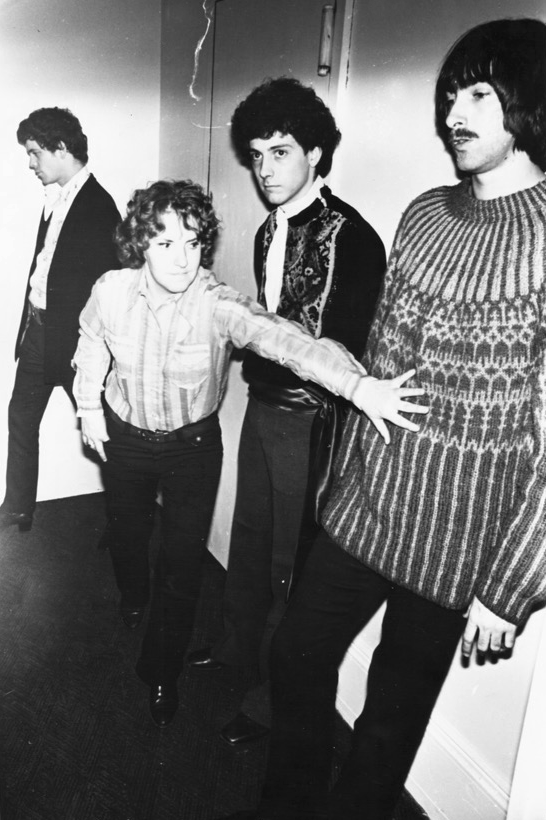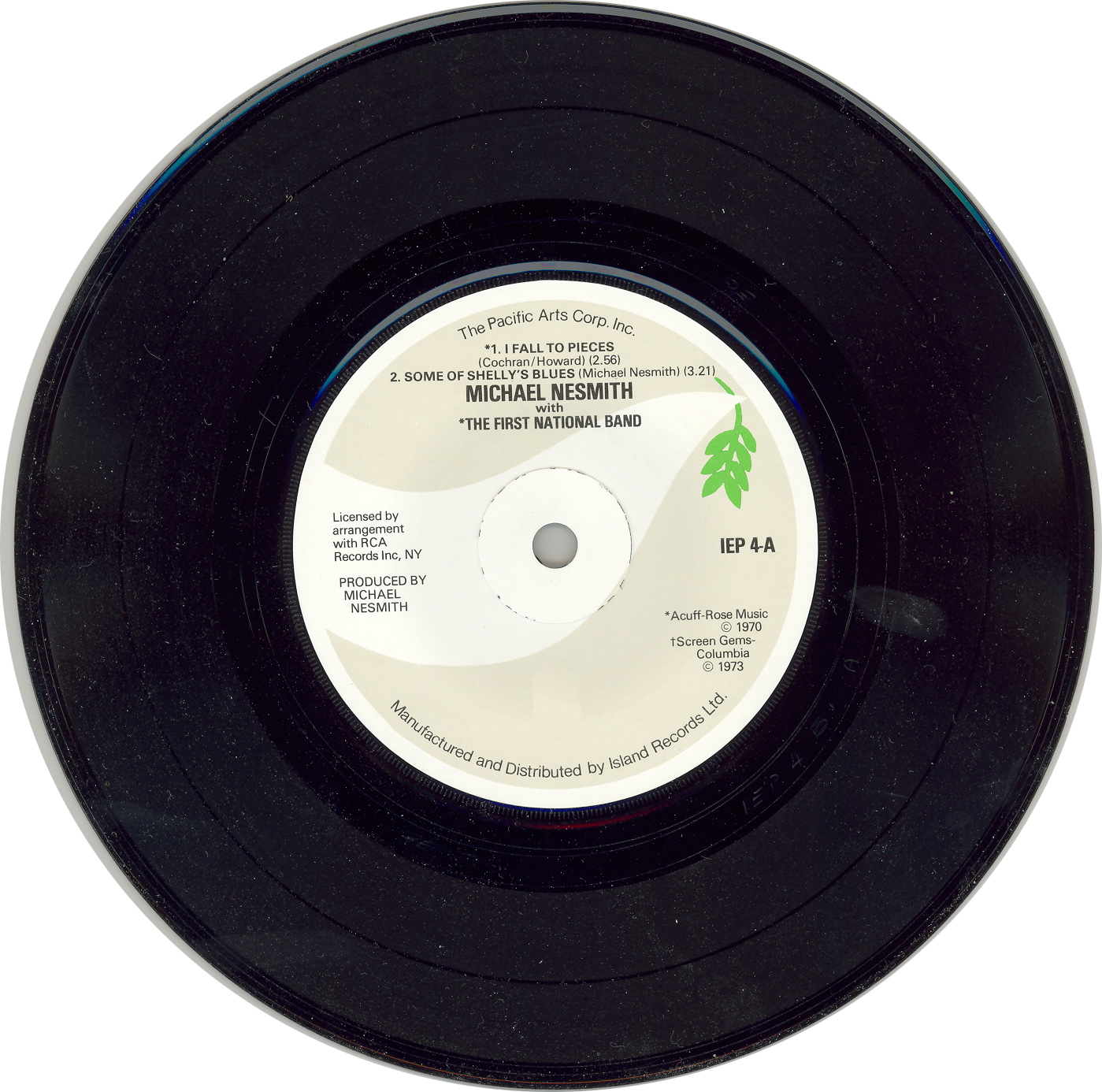|
Follow The Flock, Step In Shit
''Follow the Flock, Step in Shit'' is the second studio recording by The Locust. The EP consists of the two tracks that appeared on the split 5" picture disc with Jenny Piccolo, as well as the track "Red" from the ''Cry Now, Cry Later Vol. 4'' compilation album A compilation album comprises Album#Tracks, tracks, which may be previously released or unreleased, usually from several separate recordings by either one or several Performing arts#Performers, performers. If by one artist, then generally the tr .... The EP came on a 3" square CD. Track listing # "Follow the Flock, Step in Shit" – 1:29 # "Coffin Nails" – 0:29 # "Red" – 1:09 References 2003 EPs The Locust albums {{2000s-punk-album-stub ... [...More Info...] [...Related Items...] OR: [Wikipedia] [Google] [Baidu] |
The Locust
The Locust was an American hardcore punk band from San Diego, California, known for their mix of grindcore aggression and new wave experimentation. The band has been noted for their use of insect costumes when performing live. History Prior to The Locust founding members Justin Pearson and Dylan Scharf were in the hardcore punk band Struggle together, formed in late 1990. The band only lasted three years. Despite this they had opportunities to share musical space with other significant bands with similar ideological perspectives such as Born Against, Downcast, Bikini Kill, and Econochrist. The band disbanded in 1994. The Locust was formed in 1994 by Bobby Bray, Justin Pearson, Dylan Scharf, Dave Warshaw, and Dave Astor. After a number of personnel changes, they arrived at their ultimate four-piece lineup in 2001, consisting of Bray, Pearson, Joey Karam and Gabe Serbian. The Locust was initially a powerviolence project whose first release was a split with genre pioneers Ma ... [...More Info...] [...Related Items...] OR: [Wikipedia] [Google] [Baidu] |
Grindcore
Grindcore is an extreme fusion genre of heavy metal and hardcore punk that originated in the mid-1980s, drawing inspiration from abrasive-sounding musical styles, such as thrashcore, crust punk, hardcore punk, extreme metal, and industrial. Grindcore is considered a more noise-filled style of hardcore punk while using hardcore's trademark characteristics such as heavily distorted, down-tuned guitars, grinding overdriven bass, high-speed tempo, blast beats, and vocals which consist of growls, shouts and high-pitched shrieks. Early groups like Napalm Death are credited with laying the groundwork for the style. It is most prevalent today in North America and Europe, with popular contributors such as Brutal Truth and Nasum. Lyrical themes range from a primary focus on social and political concerns, to gory subject matter and black humor. A trait of grindcore is the "microsong" much shorter than average for punk or metal; several bands have produced songs that are only seconds i ... [...More Info...] [...Related Items...] OR: [Wikipedia] [Google] [Baidu] |
Noise Rock
Noise rock (sometimes called noise punk) is a noise music, noise-oriented style of experimental rock that spun off from punk rock in the 1980s. Drawing on movements such as minimal music, minimalism, industrial music, and New York hardcore, artists indulge in extreme levels of distortion through the use of electric guitars and, less frequently, electronic instrumentation, either to provide percussive sounds or to contribute to the overall arrangement. Some groups are tied to song structures, such as Sonic Youth. Although they are not representative of the entire genre, they helped popularize noise rock among alternative rock audiences by incorporating melodies into their droning textures of sound, which set a template that numerous other groups followed. Other early noise rock bands were Big Black and Swans (band), Swans. Characteristics Noise rock fuses Rock music, rock to noise, usually with recognizable "rock" instrumentation, but with greater use of distortion and elect ... [...More Info...] [...Related Items...] OR: [Wikipedia] [Google] [Baidu] |
Flight Of The Wounded Locust
''Flight of the Wounded Locust'' is a 7-inch EP by American noise rock band The Locust. It was released in 2001 on Gold Standard Laboratories. ''Flight of the Wounded Locust'' was also the band's final recording as a five-piece (after which drummer David Astor left and was replaced by then-guitarist Gabe Serbian). The EP was released on 7-inch clear vinyl, CD, and as a limited edition box set with four 7-inch records, all shaped like puzzle pieces and colored differently. The CD and 4×7″ versions of the EP contain five bonus tracks released on a split 7-inch with Arab on Radar. Track listing #"Gluing Carpet to Your Genitals Does Not Make You a Cantaloupe" – 0:50 #"Turning Your Merchandise into a Ripped Wall of Mini-Abs" – 0:37 #"Bring Your 6.5 Italian Carbine" – 0:43 #"Alas, Here Come the Hypochondriacs to Wait With You in the Lobby" – 0:43 #"Siphoning Projectiles During Selective Amnesia" – 1:06 #"Get Off the Cross, the Wood Is Needed" – 0:42 #"Wet Nurse Syndrome H ... [...More Info...] [...Related Items...] OR: [Wikipedia] [Google] [Baidu] |
Plague Soundscapes
''Plague Soundscapes'' is the second studio album by The Locust, and their first with ANTI- Records. It features a more refined sound than previous The Locust albums, with a greater emphasis on keyboards. Track listing Personnel * Justin Pearson – bass guitar, vocals *Bobby Bray – guitar, vocals *Joey Karam – keyboards, vocals *Gabe Serbian Gabriel Serbian (May 1, 1977 – April 30, 2022) was an American drummer, guitarist and vocalist, most famous for his work in The Locust, Cattle Decapitation, Holy Molar and Zu. He was also a member of Head Wound City, a hardcore/punk rock s ... – drums References External linksANTI-Records Album Page (Cover Art, Liner Notes, Description, and Related Articles) 2003 albums The Locust albums Anti- (record label) albums Albums produced by Alex Newport {{2000s-punk-album-stub ... [...More Info...] [...Related Items...] OR: [Wikipedia] [Google] [Baidu] |
Extended Play
An extended play record, usually referred to as an EP, is a musical recording that contains more tracks than a single but fewer than an album or LP record.Official Charts Company , access-date=March 21, 2017 Contemporary EPs generally contain four or five tracks, and are considered "less expensive and time-consuming" for an artist to produce than an album. An EP originally referred to specific types of other than 78 [...More Info...] [...Related Items...] OR: [Wikipedia] [Google] [Baidu] |
Compilation Album
A compilation album comprises Album#Tracks, tracks, which may be previously released or unreleased, usually from several separate recordings by either one or several Performing arts#Performers, performers. If by one artist, then generally the tracks were not originally intended for release together as a single work, but may be collected together as a greatest hits album or box set. If from several performers, there may be a theme, topic, time period, or genre which links the tracks, or they may have been intended for release as a single work—such as a tribute album. When the tracks are by the same recording artist, the album may be referred to as a retrospective album or an anthology. Content and scope Songs included on a compilation album may be previously released or unreleased, usually from several separate recordings by either one or several performers. If by one artist, then generally the tracks were not originally intended for release together as a single work, but may ... [...More Info...] [...Related Items...] OR: [Wikipedia] [Google] [Baidu] |
2003 EPs
3 (three) is a number, numeral and digit. It is the natural number following 2 and preceding 4, and is the smallest odd prime number and the only prime preceding a square number. It has religious or cultural significance in many societies. Evolution of the Arabic digit The use of three lines to denote the number 3 occurred in many writing systems, including some (like Roman and Chinese numerals) that are still in use. That was also the original representation of 3 in the Brahmic (Indian) numerical notation, its earliest forms aligned vertically. However, during the Gupta Empire the sign was modified by the addition of a curve on each line. The Nāgarī script rotated the lines clockwise, so they appeared horizontally, and ended each line with a short downward stroke on the right. In cursive script, the three strokes were eventually connected to form a glyph resembling a with an additional stroke at the bottom: ३. The Indian digits spread to the Caliphate in the 9th ... [...More Info...] [...Related Items...] OR: [Wikipedia] [Google] [Baidu] |


